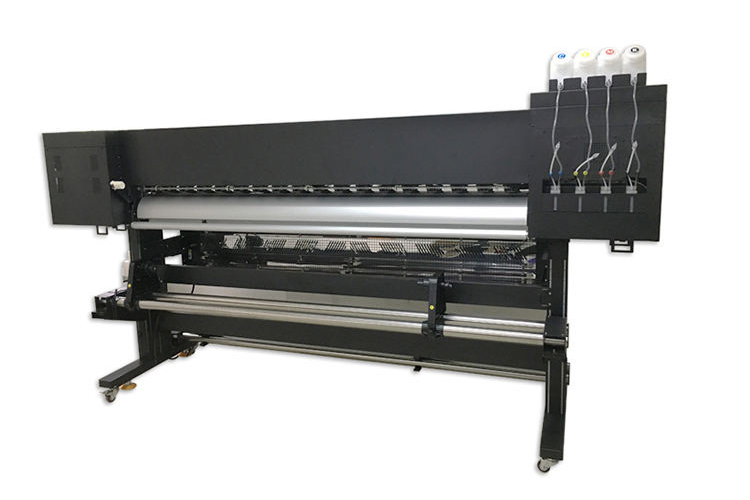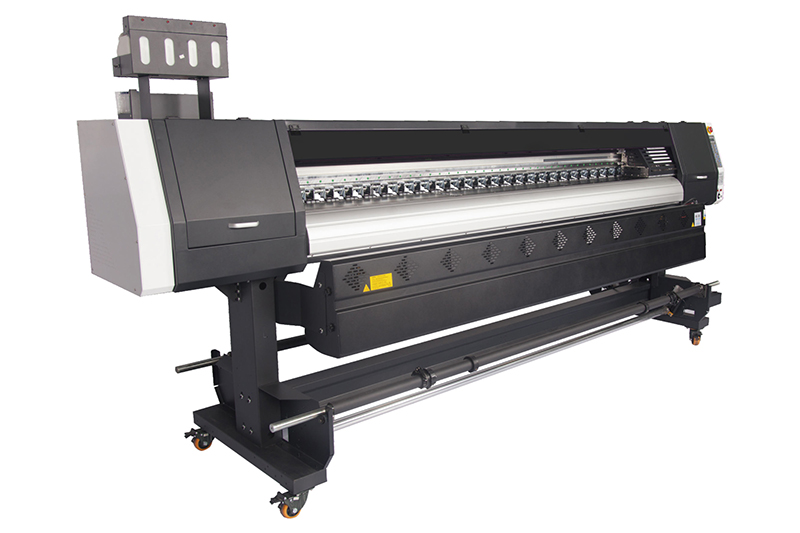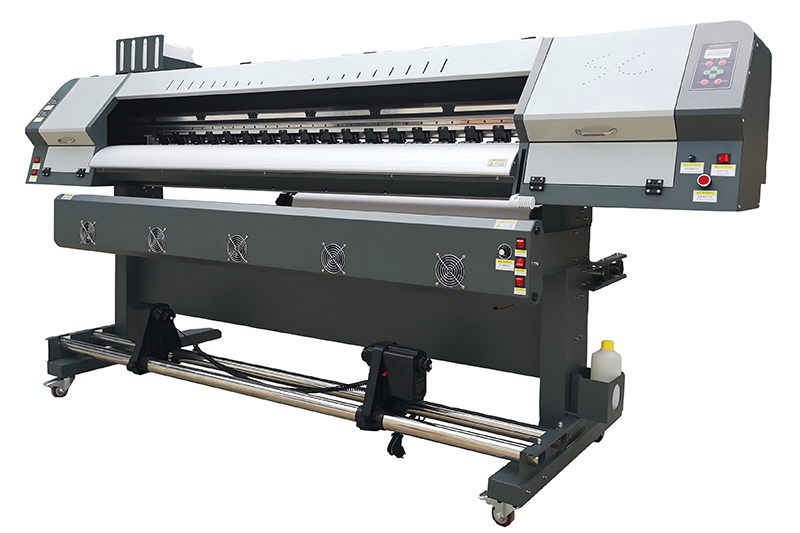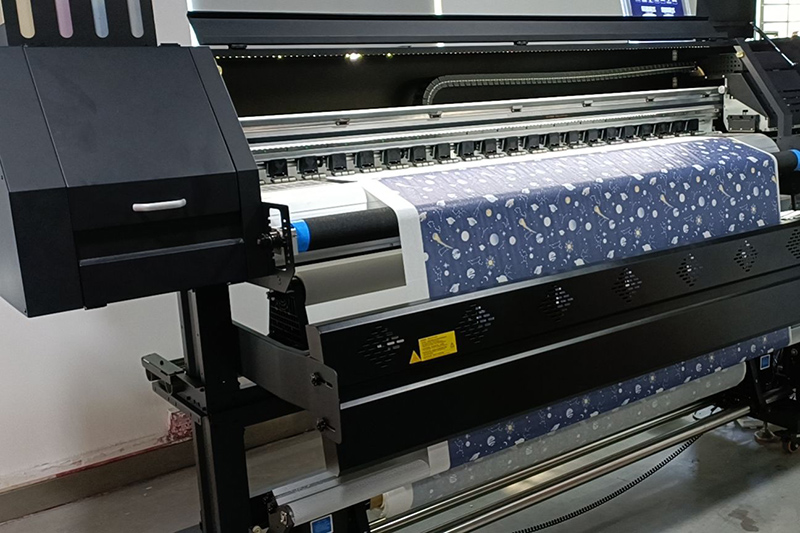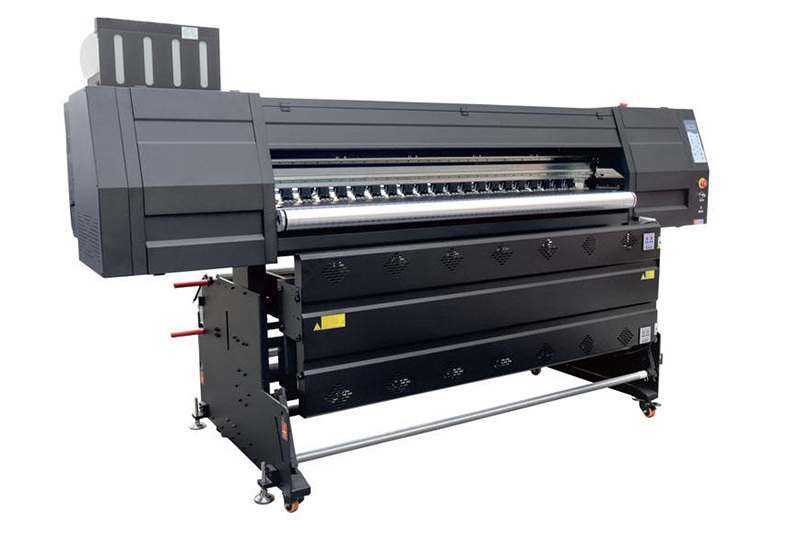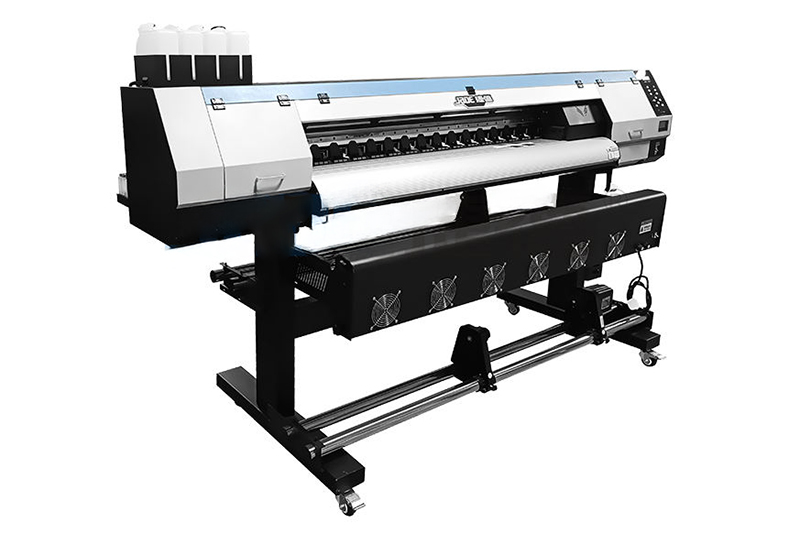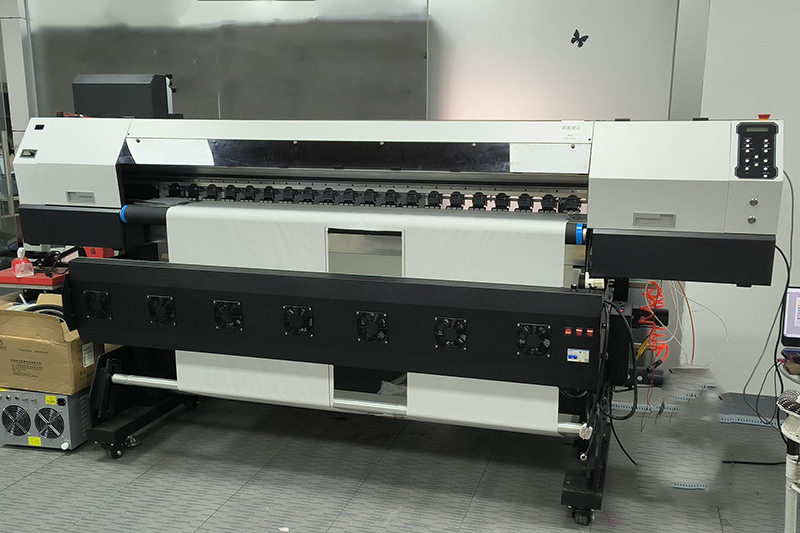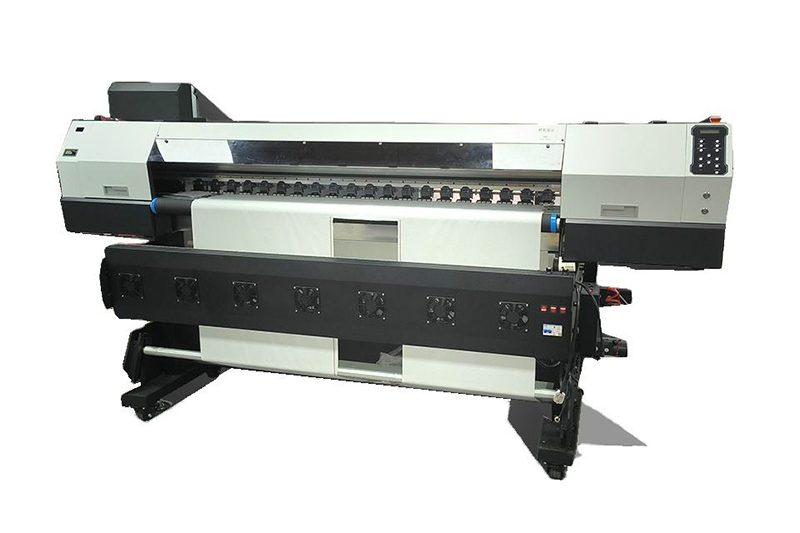🔹 Introduction: Powerful Printing for Industrial Needs
The Kenteer KTM-A22 Digital Sublimation Printer is made for large-scale, high-speed printing. Designed for 160cm wide format output, it suits factories and businesses focused on textile and banner production. This model offers both efficiency and reliability, helping manufacturers, wholesalers, and global suppliers deliver results fast and at scale.
🔹 Key Features of the Kenteer KTM-A22
This printer is equipped with dual Epson 13200 heads, ensuring high-definition printing. It offers multiple pass modes to match speed with precision:
-
3 Pass: Up to 47㎡/h
-
4 Pass: 39㎡/h
-
6 Pass: 32㎡/h
-
8 Pass: 22㎡/h
The machine supports 1600mm width, ideal for wide fabric rolls and large-format graphics.
Its Hoson circuit board system ensures stable operation during long printing sessions. The Maintop printing software provides a flexible interface and accurate color control.
🔹 Built for Performance and Stability
Kenteer focuses on industrial use. The KTM-A22 printer is engineered for consistency. The 3500W power system runs efficiently on AC220V, 50/60Hz. The unit operates best at 22–28°C, fitting typical factory conditions.
Dimensions:
-
Machine: L2950×W840×H1400mm
-
Packing: L3350×W730×H670mm
-
Net Weight: 180KG
-
Gross Weight: 200KG
Its stable frame supports continuous operation for bulk production, making it ideal for OEM orders and B2B printing businesses.
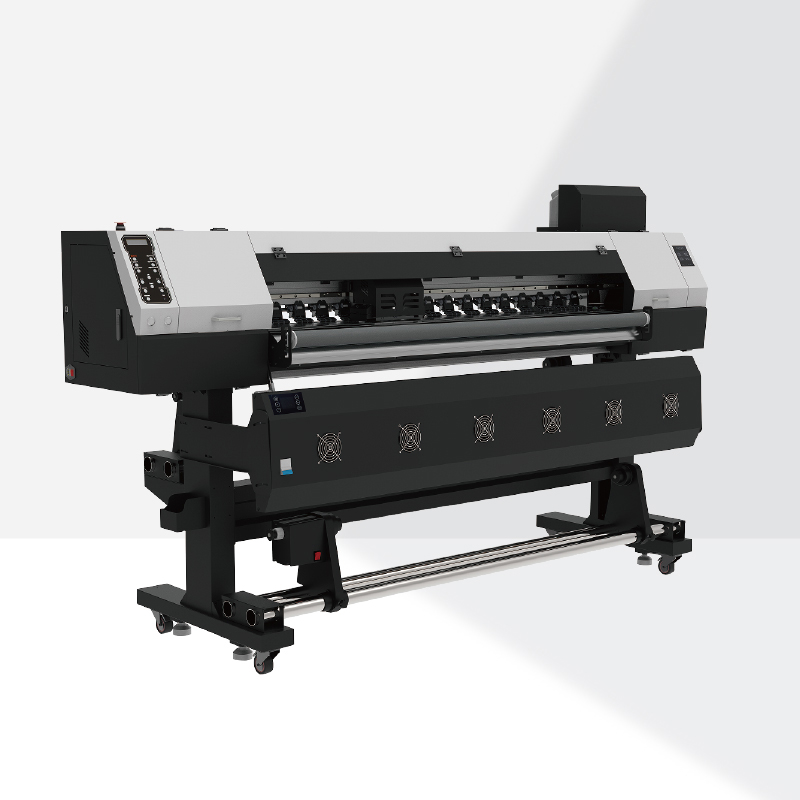
🔹 Ideal for B2B Professionals
This digital sublimation printer is made for China factory suppliers, bulk buyers, and printing equipment wholesalers. It fits the demand of clients looking for:
-
Reliable supply chains
-
Affordable factory-direct prices
-
OEM or ODM service options
-
High-efficiency printing equipment
Whether you are a purchaser, distributor, or manufacturer, the Kenteer KTM-A22 offers real value.
🔹 Compatibility and Use Cases
This printer is compatible with a wide range of sublimation papers and inks. It can be paired with color fixers, heat transfer machines, and textile dryers.
Use cases include:
-
Custom garment production
-
Sportswear and flag printing
-
Curtain and home decor fabric output
-
Large banner and signage creation
Its dual-head design ensures that bulk orders are fulfilled quickly and accurately.
🔹 Why Choose Kenteer?
Kenteer is a trusted brand in digital printing solutions. As a China-based manufacturer, Kenteer offers competitive pricing, flexible customization, and global delivery.
The KTM-A22 model combines advanced technology with strong engineering. It’s backed by a support team experienced in handling OEM/ODM projects.
Trusted by B2B buyers, it’s the right fit for anyone needing a dependable, high-speed sublimation printer.

